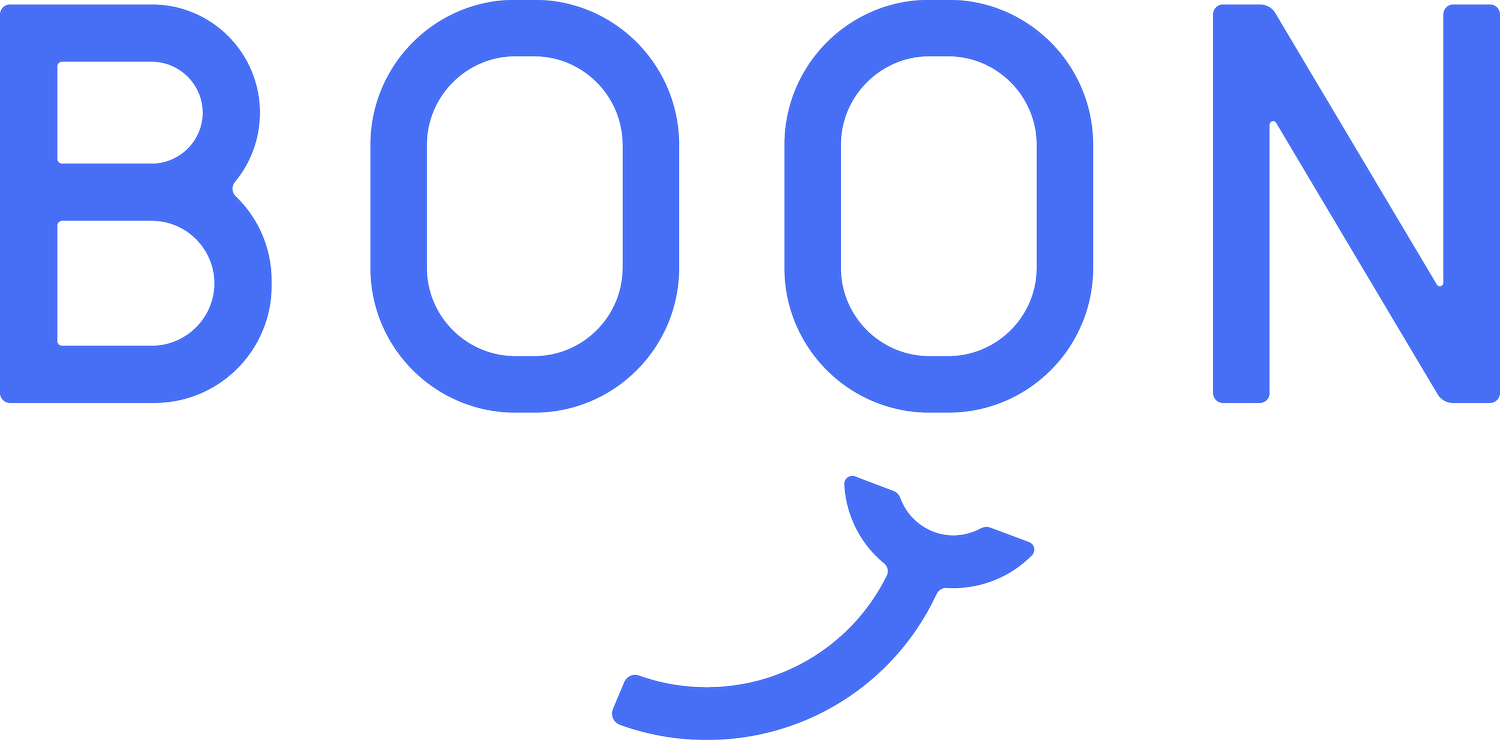How Employee Engagement is Boosted by Work Life Balance
Do you understand the relationship employee engagement has to work life balance? According to a survey conducted by StaffConnect, over 74% of enterprise organizations are working to improve their employee experience.
Yet in an age marked by high turnover and remote working, our relationship to work and life has become unclear. When you are working from home, when does the work day start and end, and what are you supposed to do with your free time?
In this blog, we break down what drives employee engagement, working in a state of flow, and how a healthy work life balance can help drive productivity and employee satisfaction.
Understanding Employee Engagement and Work Life Balance
What is Employee Engagement?
Employee engagement represents how invested an employee is in the mission or cause that their work represents.
An engaged employee has a positive opinion of the company, is invested in the success of an organization, and may even go out of their way to do their best work and help others in their organization.
A disengaged employee is someone who has no attachment to their team, work, or industry. They might simply be there to pick up a paycheck by doing the absolute minimum, or may be actively trying to undermine the company. This has become much easier through tools like Glassdoor, which allows prospective employees to see how employees actually feel about a company.
Measuring Employee Engagement
Although there is no general consensus for how it is defined, employee engagement is generally measured by surveys that gauge “satisfaction” or “experience”. There is no single definition for the term, but the results are clear: engaged employees are more productive, better advocates for your brand, and are less likely to seek new work.
A better method of tracking employee engagement might come from the psychological concept of flow. A flow state occurs when a person is fully immersed in the activity that they are doing, to the point that they lose track of time. Flow states occur when a person’s level of skill and the challenge of their task meet. A perfectly engaged employee thus might be a worker who achieves a flow state AND whose values align with an organization.
How are Employee Engagement and Work Life Balance Related?
An engaged employee is someone who feels challenged and enlivened by the work they do and the company that they work for. So it may seem antithetical that improving employee engagement can be boosted by a healthy work life balance. After all, if employees like their work so much, wouldn’t they want to be working all of the time?
The adage “if you do what you live, you’ll never work a day in your life” may sound enticing, but without a clear distinction between work and play, it can become easy to hate the thing that you love by only associating it with the fact that it is necessary.
For employees to be successful, they need to be able to refuel and recharge their batteries. Life isn’t only about work: people have families, pastimes, and personal interests. When the balance between fulfilling and engaging work and a fulfilling home life is disrupted, employees grow less effective in part due to burnout. What was once a task that enables a flow state can switch to feelings of anxiety, apathy, or boredom.
And let’s be honest: many jobs are not able to fulfill people to the point of entering a flow state. Giving employees the time to do the things that they love on their own time can provide its own sense of motivation to employees to work harder and improve their engagement in work. Taking that away may cause employees to seek work that gives them the freedom to pursue their own interests outside of the office.
Boosting Employee Engagement and Work Life Balance by Helping Employees Understand Their Flow
While employee engagement is in part predicated on a healthy work life balance, it is also important that their downtime is spent in ways that they feel is productive. After two years of living in a pandemic, old routines have been jumbled. Routines like going to the gym, visiting restaurants, volunteer work, or even visiting a craft center have fallen off the radar.
Whether employees get a sense of flow from the work they do, or achieve it outside of the workplace, having and pursuing passions is vital to one’s happiness.
At Boon Health, we offer wellness coaching services that helps address common issues faced inside and outside of the workplace. Topics such as stress, anxiety, burnout, professional development, and workplace relationships are often a topic of conversation, helping employees remain more engaged in the things that they do. When it comes to helping employees understand their flow, some questions we ask might include:
· What makes you happiest in your life?
· What would you do if you knew you could not fail?
· What are you naturally curious about?
· Out of all of your current work roles, what part would you do for free?
Employee engagement isn’t just about the work that we do, but what we do when we’re outside of the office. Are you looking to help boost employee engagement? Contact us today for more information about our services.

